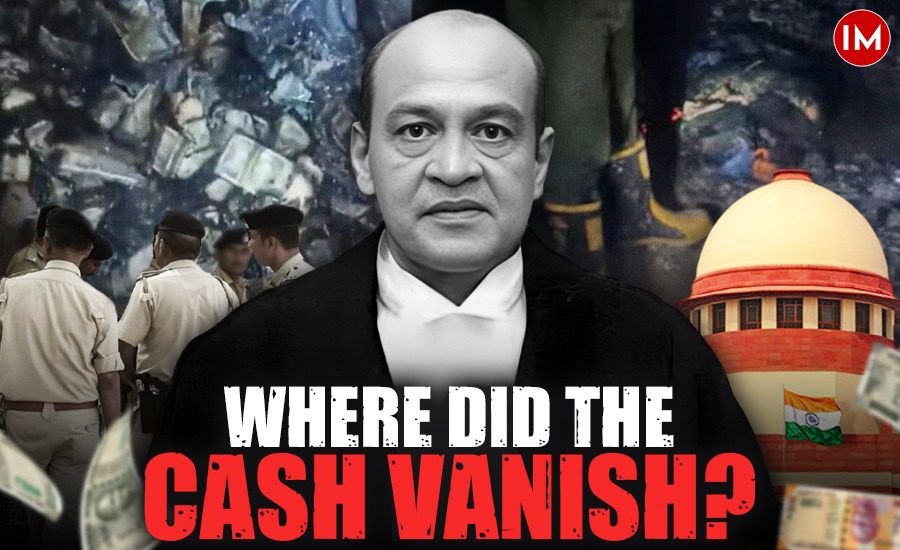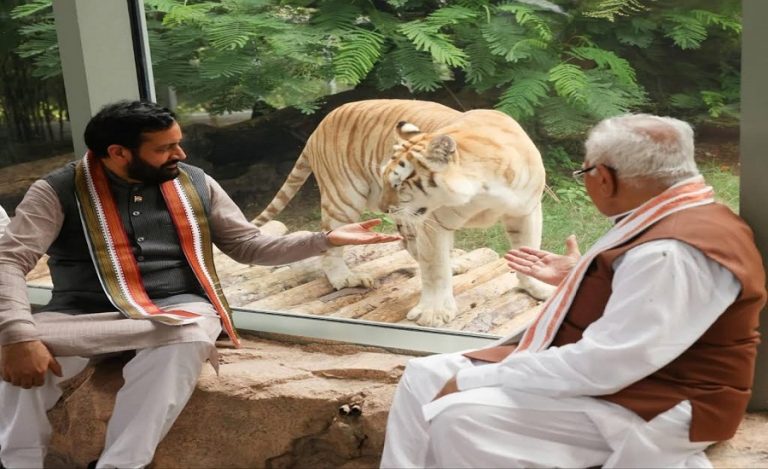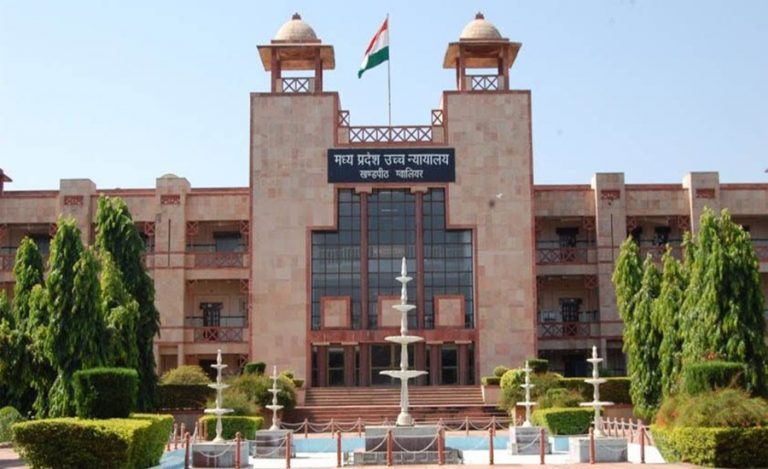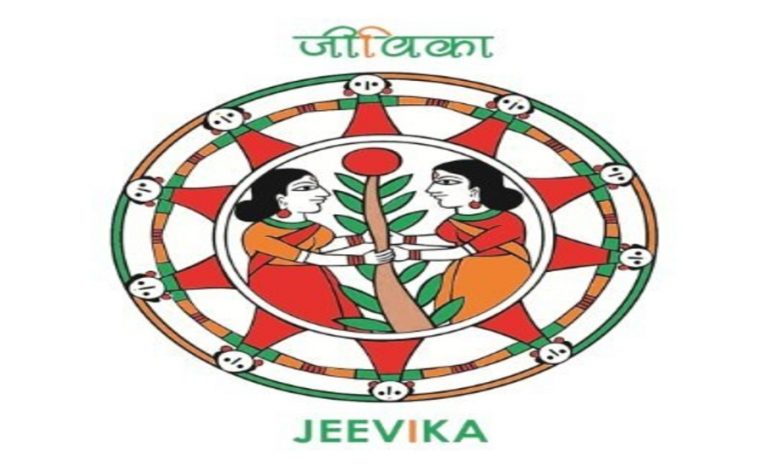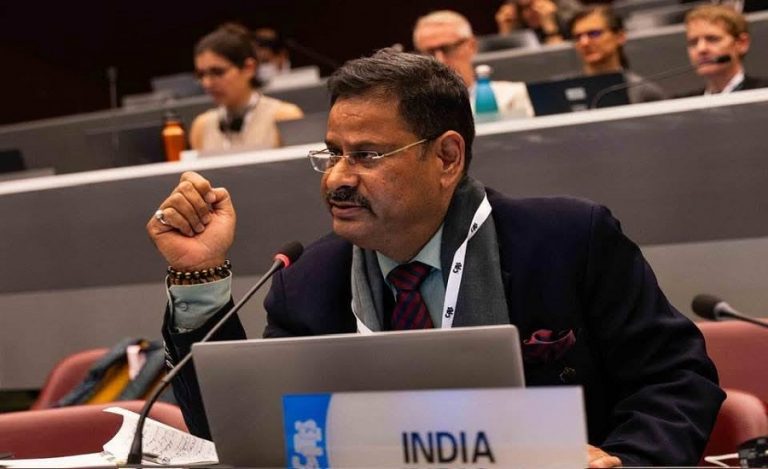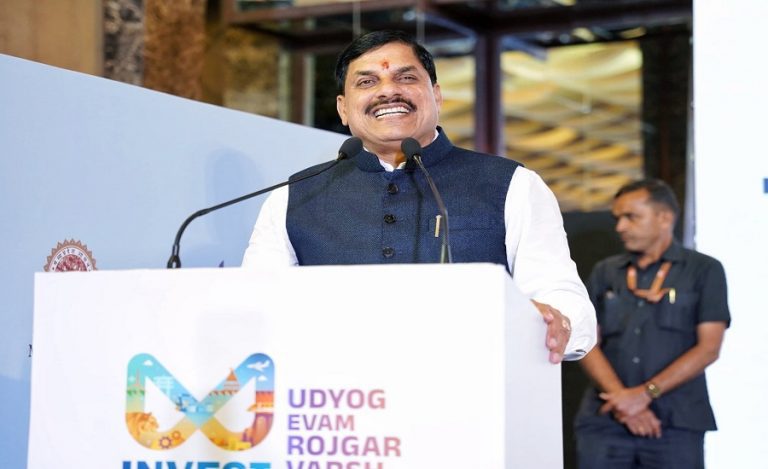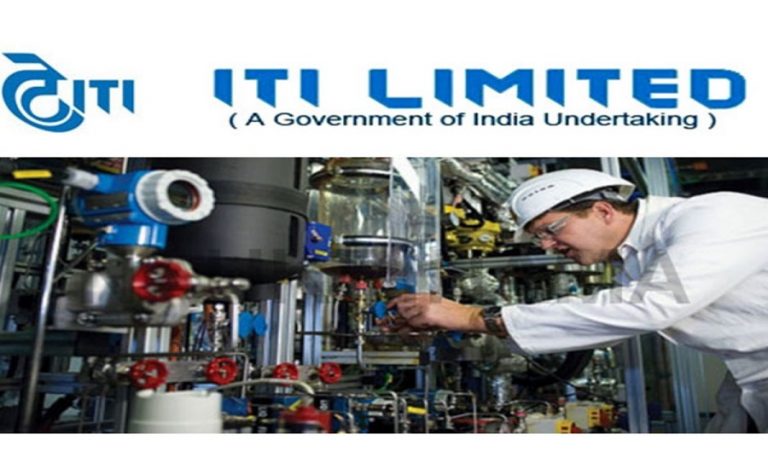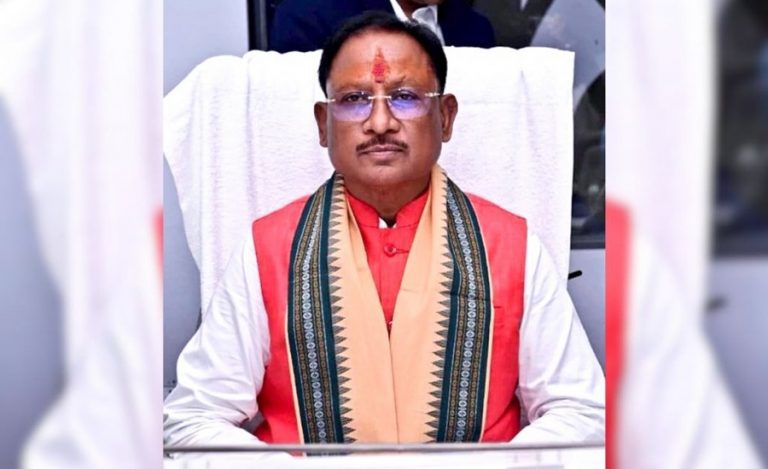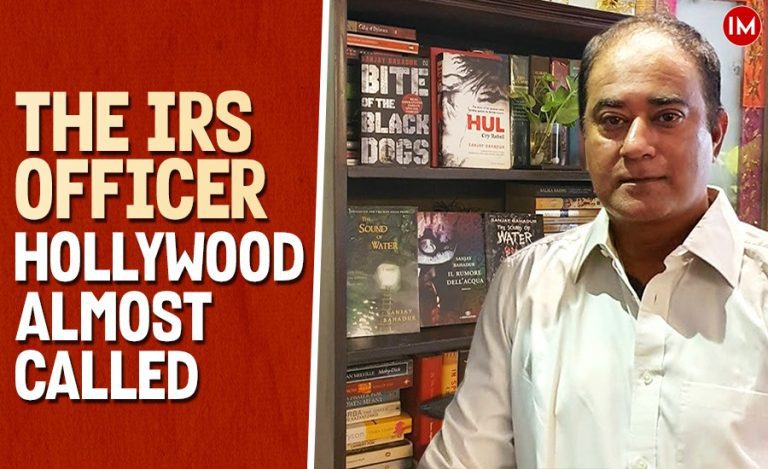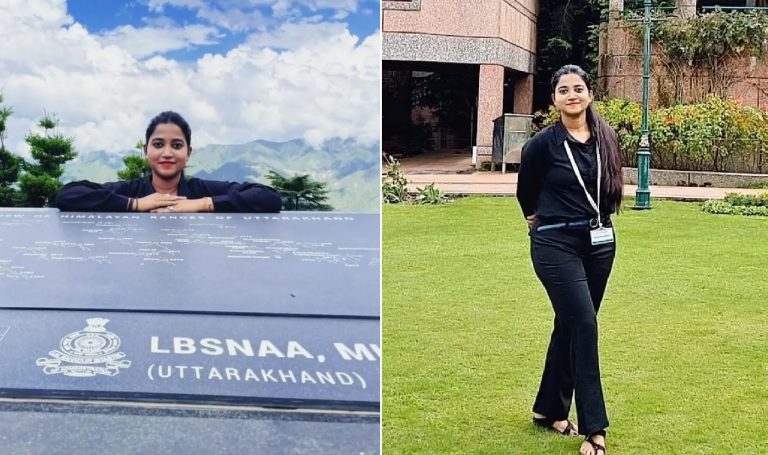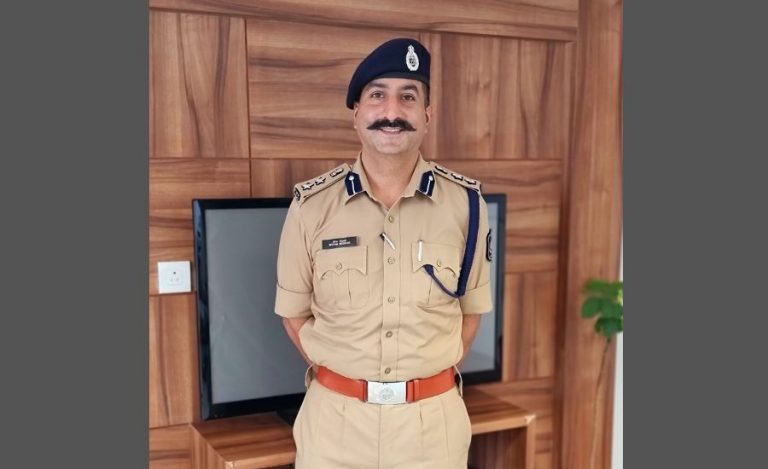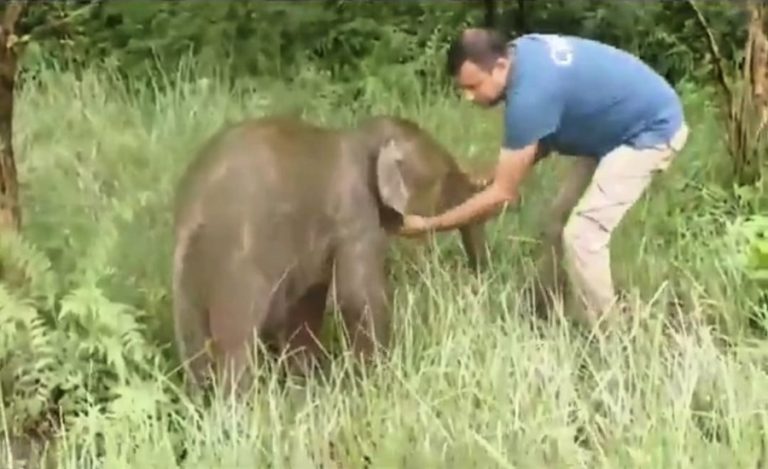Can a person be convicted on the basis of an unsubstantiated video only? Shouldn’t there be a deeper probe into the allegations and a considered decision taken on the basis of concrete evidence?
These are some of the questions being asked by the legal team assisting Justice Yashwant Varma, whose impeachment has been recommended by the Chief Justice of India (CJI) to the President, Mrs Draupadi Murmu. The recommendation is based upon the report of an inquiry committee comprising the Chief Justices of three High Courts. The team was constituted to probe into the veracity of a video that showed “four sacks of half-burnt currency notes in a store room of his official residence”. The booty had been ‘removed’ by the next morning, the inquiry report noted.
HOLES IN INQUIRY PANEL’S REPORT
Justice Varma’s team however, has punched gaping holes in the inquiry report, which it says can’t be glossed over before initiating the impeachment motion against him. The foremost being that the report didn’t try to probe the source of fire, saying it was not within its terms of reference.
The inquiry committee comprising of Justice Sheel Nagu, Chief Justice of the High Court of Punjab and Haryana; Justice G.S. Sandhawalia, Chief Justice of the High Court of Himachal Pradesh; and Justice Anu Sivaraman, a judge of the High Court of Karnataka, submitted its report to the CJI on May 3, 2025.
The committee spoke to all the firemen, policemen involved in the firefighting operation at Justice Varma’s place, CRPF personnel guarding his house at 30, Tuqlaq Crescent, and monitoring CCTV, his house-helps and family members. The CJI tasked the inquiry panel to investigate three specific questions: how Justice Varma accounts for the money allegedly found in the room; the source of this money; and who removed it from the room on March 15, the day after the fire.
UNCOMFORTABLE QUESTIONS
Justice Varma disowned the money. He also questioned whether there indeed was any money in his storeroom, which anybody and everybody inside the premises could access. “It was indeed locked, but the key used to be at the store room only so that any house help could open it. The store room was not being exclusively used by Justice Varma’s family”, his legal team said.
The store room was under CCTV coverage, but the inquiry panel didn’t mention it in its report as they couldn’t retrieve the footage from the hard drive. The report doesn’t claim that the hard disk had been tampered with, reformatted, or that its data had been deleted. None of the cops and firemen involved in firefighting, barring one Head Constable Roop Chand, who claims to have shot the video, affirmed to having seen the currency notes in the store room.
EYEWITNESSES DIDN’T CONFIRM CASH
The legal team cites testimonies of witnesses like Naveen Kharab, fireman Birendra Singh, fireman Prakash Chandra Meena, Driver Pawan Kumar, PCR Driver HC Gojraj, in-charge Arjun Gari, and Rajnish Kumar. None of them confirmed having seen any currency notes, as it was pitch dark inside the store room as electricity supply had been snapped due to fire.
Even the CRPF constables Sunil Kumar and Sanjay Kumar, guarding the store room after the fire had been doused, didn’t see anything unusual. “I went to the store room at 3 am, its door was half open and nobody was present there. I was on duty till 6 am and everything was the same”, CRPF constable Sanjay Kumar reportedly told the inquiry panel.
WHEN DID MOP UP HAPPEN?
The legal team, thus, has questioned the allegations that the half-burnt currency was cleared after the departure of the firefighters. “Firefighters were present till 2 am and CRPF men didn’t notice anyone visiting the store room till 6 am, When did the mop operation take place?” the legal team members ask.
Several witnesses, like CG Rawat and CRPF personnel Sanjay Kumar, told the panel that they came to know of the half-burnt currency notes story from social media or a news item published by a newspaper. The video, which surfaced, shows a lot of burnt debris of the unused goods kept in the store room and a few currency notes strewn over it. No one can make out if there was even one gunny bag, claims the legal team. But the media reported the presence of four jute bags full of currency notes.
WHY NO SEIZURE?
If CCTV footage was not available, at least seized burnt cash could have proved to be a vital evidence. But, neither police nor fire officials made any seizure. The fire department claimed they don’t have powers to seize or lodge an FIR, the police claimed that these steps were not taken because it was the residence of a high ranking official. An FIR could be lodged against a sitting High Court judge only after seeking permission from the CJI.
But, no law prohibited these officers from seizing, drawing a panchnama or effecting a recovery. These steps were all the more necessary because the incident pertained to a remote part of official residence of a ‘high ranking official’. How could Justice Varma be penalised for dereliction of a bunch of police officials, his team asks.
INVESTIGATION OR PROSECUTION?
The inquiry team didn’t investigate whether there was an explosion that led to fire, whether some inflammable material was used to light up the fire, as a short circuit couldn’t have been the reason in a room having only a ceiling fan and a tube light. Did questions like “whose cash”, “who could have placed it in the outhouse”, and “how much cash” form part of the inquiry, the legal team points out.
The inquiry team is learnt to have asked the judge to “produce evidence that the money/cash didn’t belong to him but to someone else by disclosing the identity of its real owner”. This itself shows that the inquiry panel wasn’t doing ‘investigation’ but ‘prosecution’, the team pointed out.

